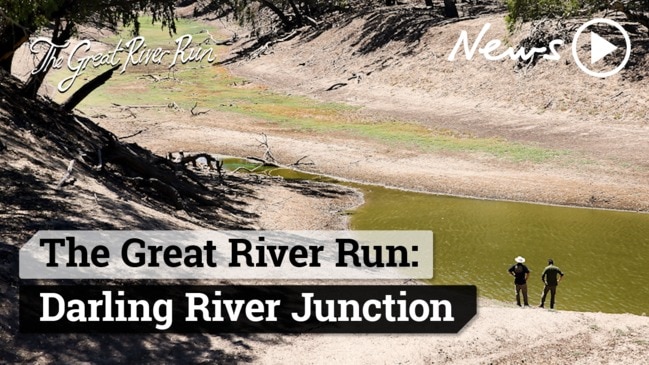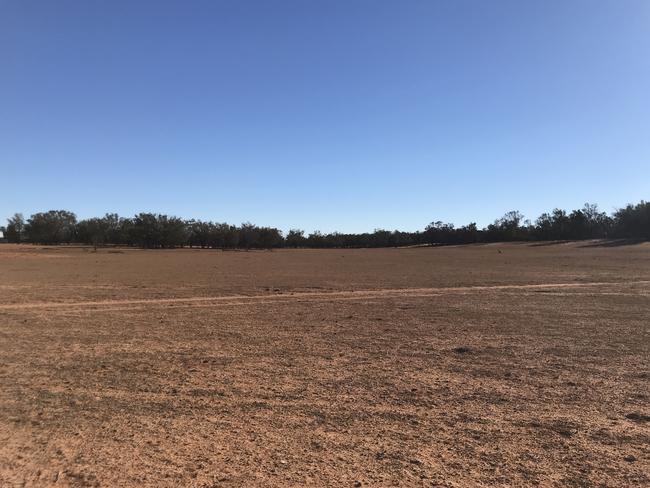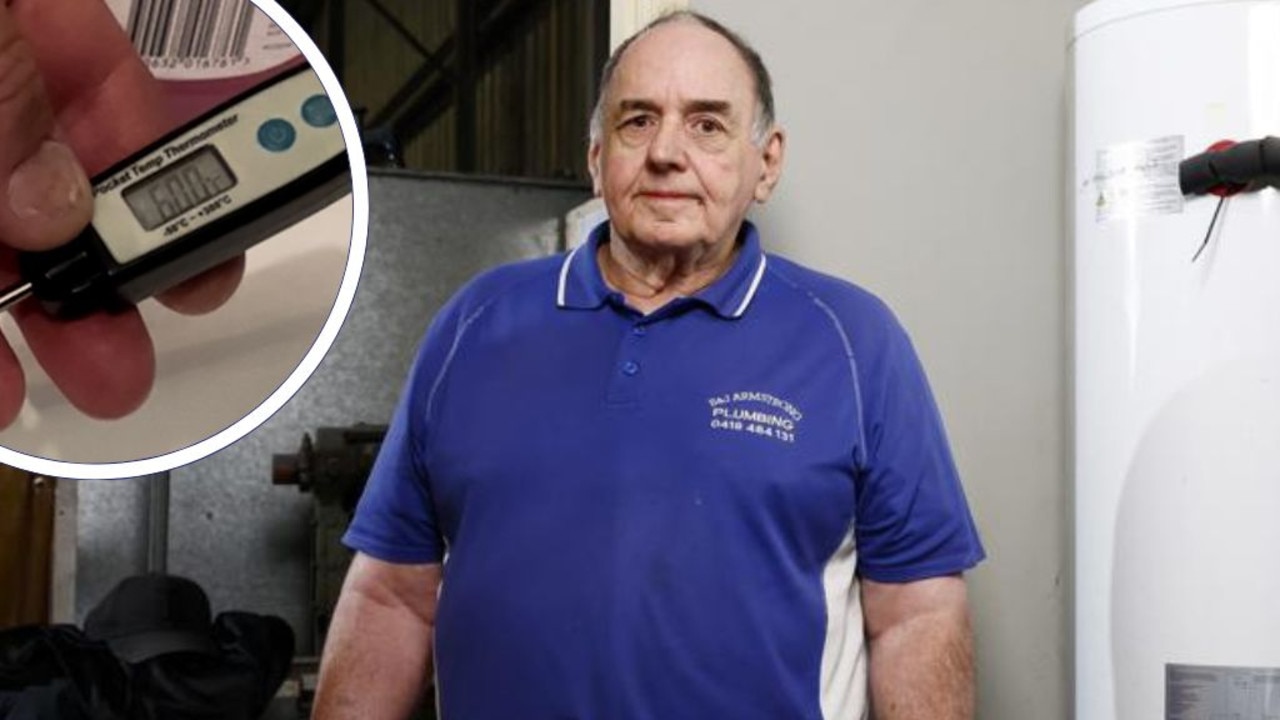The Great River Run Part 4: Murray Darling’s once liquid highway now just baked earth
Once a liquid highway for paddle steamers that enabled small farming towns to trade with larger communities, the Darling River today is an empty trench. And now the Greens are more likely to damage the rural economy than they are to revive the river. EXCLUSIVE INVESTIGATION.

NSW
Don't miss out on the headlines from NSW. Followed categories will be added to My News.
- The Darling River Run: The Big Picture Part 1
- The Darling River Run: Courage and resilience Part 2
- The Darling River Run: The People Part 3
In all of our reporting, photography, research and interviews, The Daily Telegraph’s Great River Run series conspicuously lacks one major component — an actual river.
For much of its 1400km, the Darling River is currently the Darling Trench.
In some places, the AWOL waterway is just a few puddles connected by enormous stretches of bare, baked earth.

During the early era of inland settlement, the Darling was a liquid highway for numerous paddle steamers that enabled small farming towns to trade with larger communities. Now, a competent rider aboard an off-road motorcycle could easily travel much of the distance previously covered by boat.

You might think that the Darling’s desolation would be fertile ground for the Greens and other environmental activists. And it is, but this Greens-endorsing attitude towards the Darling is mostly confined to intensely urban electorates.
Along the towns and villages that line the river, there is almost universal rejection of the Greens. That’s because primary producers and business people throughout inland NSW think the Greens are more likely to damage the rural economy than they are to revive the Darling River.

The Darling River Run: Part 3, The people
State and federal legislation and policies, from free trade deals with other nations to regulations on fuel prices, farming machinery and foreign workers, impact on a great deal of country life. People along the Darling therefore tend to follow politics very closely, as you would if decisions made in Canberra or Macquarie St were directly connected to your pocket.
Chatting with a farm worker about Greens activism, he mentions one incursion by Jeremy Buckingham.
“Oh, yes, the Greens MP,” I reply.

He quickly corrects me: “No, he was a Greens MP. Now he’s an independent, but he still receives their funding.”
WHEN NOT IF
Besides Greens antipathy, there is another constant across inland NSW. People do not ask if the drought will ever end.
Instead, they always say “when”. They’ve endured droughts before, and they know how this story will eventually play out.
They are aware of history. Academic website The Conversation recently ran a piece below this headline: “The Darling River is simply not supposed to dry out, even in drought”.
The Great River Run: What drove Murray Darling’s early expansion
The Great River Run: Getting to the heart of a tragic treasure

Well, setting aside the fact that it’s not really our place to tell a river how to behave, let alone one as capricious as the Darling, drying out is a frequent occurrence.
“During most summers, the Darling River would typically dry back to a series of deep waterholes,” late inland farmer and invaluable bush historian Len Hippisley once observed of conditions in the late 1890s.
“Similarly, the lakes at Menindee and on the Great Darling Anabranch would dry up for many years between floods.

From 1890 to 1961, water flowed the complete length of the Great Darling Anabranch to the Murray River only nine times.
“The Darling River at Menindee ceased to flow 48 times between 1885 and 1960, and the river did not flow for 364 days in the 1902-03 drought.”

Hippisley knew his Darling. From 1942 until 1982 he personally recorded water heights at Burtundy Weir three times a month. Artefacts from early times of inland settlement also stand as evidence of the Darling’s often-waterless ways.
LONG JOURNEY
In a park in Renmark, South Australia, stands a substantial rust-covered metal hulk.
This is the boiler of the paddle steamer Jane Eliza, which in her working days plied the Darling.
She sometimes happened upon conditions that, just as now, were less than helpful. In May 1883, for example, the Jane Eliza departed Morgan in South Australia bound for Bourke in NSW, a journey of some 2000km.

There were one or two delays due to the river being dry in parts. Well, maybe more than one or two delays. And maybe dry in more than just parts.
The Jane Eliza didn’t arrive in Bourke until more than three years later, in June 1886. The First Fleet, by comparison, took just three months to travel from Portsmouth in the UK all the way to Botany Bay.
Overall, she averaged fewer than 2km per day. Time to get out the dirt bikes.


